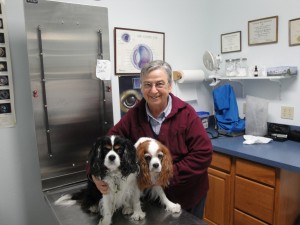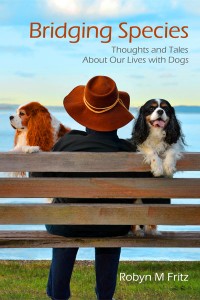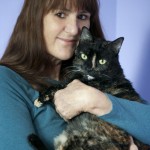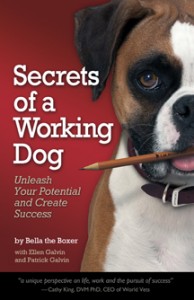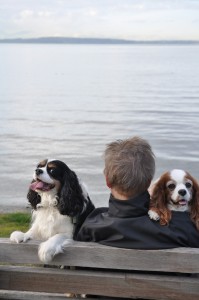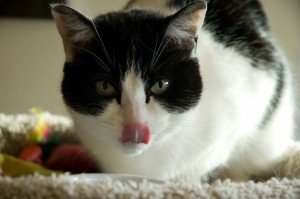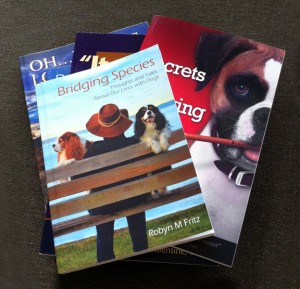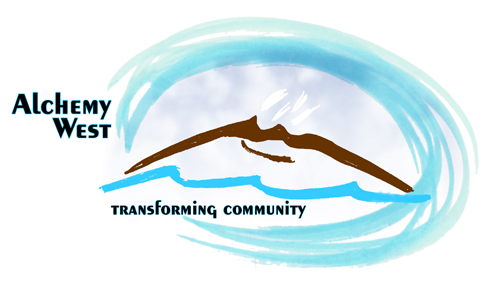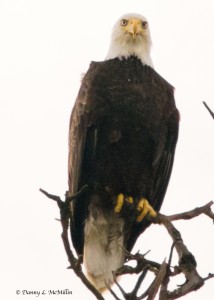 This week we’ve all heard how incompetent we are: according to the media, none of us pee enough or understand that nuclear power was idiotic to begin with. Some of us do and did. That includes me. How about you?
This week we’ve all heard how incompetent we are: according to the media, none of us pee enough or understand that nuclear power was idiotic to begin with. Some of us do and did. That includes me. How about you?
While you’re thinking about it, here’s something to like: check out “Field Study Stars Rock the Animal World“ at MSNBC.com. We have bald eagles, raccoons, all kinds of wild critters, including river otters (I swear one tried to trip me and the dogs the night we were trying to find the Super Moon, which is why you’d never find any member of my family trying to find any of these animal rock stars in the wild, or anywhere else, we are simply not competent).
One thing I am good at is getting my wonderful neighbor, Danny L. McMillin, to send me cool photos for my sites. Here’s an eagle, looking at you!
Welcome to spring (maybe)!
(c) 2011 Robyn M Fritz
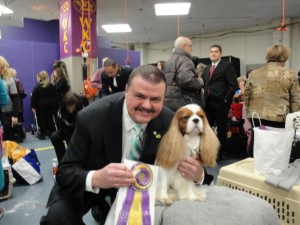 If you’re going to New York and have to leave your own dogs (and cat) at home, there’s one sure way to get your dog fix: arrange to be there in February, when New York goes doggy for the Westminster Kennel Club Dog Show at Madison Square Garden in Manhattan.
If you’re going to New York and have to leave your own dogs (and cat) at home, there’s one sure way to get your dog fix: arrange to be there in February, when New York goes doggy for the Westminster Kennel Club Dog Show at Madison Square Garden in Manhattan.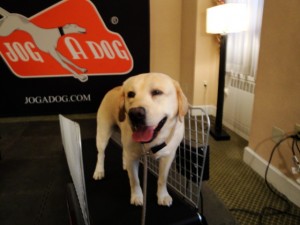 At the Affinia Hotel I followed the sign to the dog exercise room. That’s where the people from Jog a Dog had set up two of their dog treadmills. Established 40 years ago by an inventor who trained German Shepherds for rigorous police and protection work (called schutzhund), today it’s a thriving business catering to canine athletes, from conformation specialists (show dogs) to agility or tracking experts.
At the Affinia Hotel I followed the sign to the dog exercise room. That’s where the people from Jog a Dog had set up two of their dog treadmills. Established 40 years ago by an inventor who trained German Shepherds for rigorous police and protection work (called schutzhund), today it’s a thriving business catering to canine athletes, from conformation specialists (show dogs) to agility or tracking experts.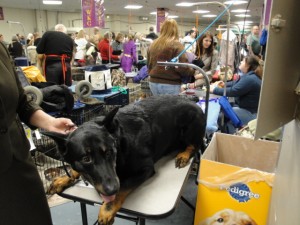 The show circuit for these two was an afterthought. Marlene purchased Gideon when he was 11 weeks old, to train as a search and rescue dog. Together they work for Klamath Search and Rescue in Klamath Falls, Oregon. When people suggested his conformation might make him a show dog, Marlene decided to go for it, which is how Gideon became a champion and was at Westminster (he did not win this year).
The show circuit for these two was an afterthought. Marlene purchased Gideon when he was 11 weeks old, to train as a search and rescue dog. Together they work for Klamath Search and Rescue in Klamath Falls, Oregon. When people suggested his conformation might make him a show dog, Marlene decided to go for it, which is how Gideon became a champion and was at Westminster (he did not win this year).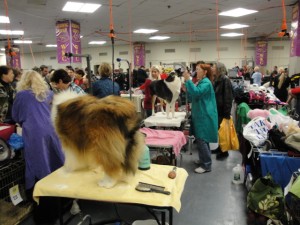 All morning long I snapped photos of dogs being primped for their big moment, their hair wrapped or snipped, while others snoozed or greeted visitors. Their humans educated people about their breed, whether they herded sheep or held down a lap in style. Their emphasis? While showing dogs is a sport they enjoy, the dogs are family first and foremost.
All morning long I snapped photos of dogs being primped for their big moment, their hair wrapped or snipped, while others snoozed or greeted visitors. Their humans educated people about their breed, whether they herded sheep or held down a lap in style. Their emphasis? While showing dogs is a sport they enjoy, the dogs are family first and foremost.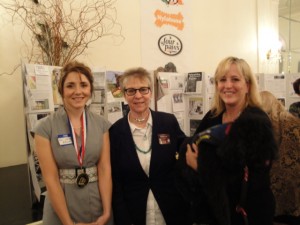 On the left is Julie Reck, DVM, a young vet who owns
On the left is Julie Reck, DVM, a young vet who owns 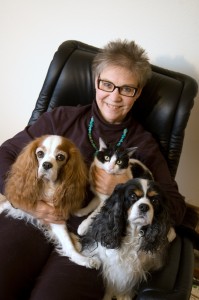
 Sometimes we wonder if we’ve done the right thing in life. Sometimes we get lucky and know we did, even though we were just trying to get by. Sometimes that story co-incidentally defines another, which is what building community is all about.
Sometimes we wonder if we’ve done the right thing in life. Sometimes we get lucky and know we did, even though we were just trying to get by. Sometimes that story co-incidentally defines another, which is what building community is all about.